In this tour, get to know:
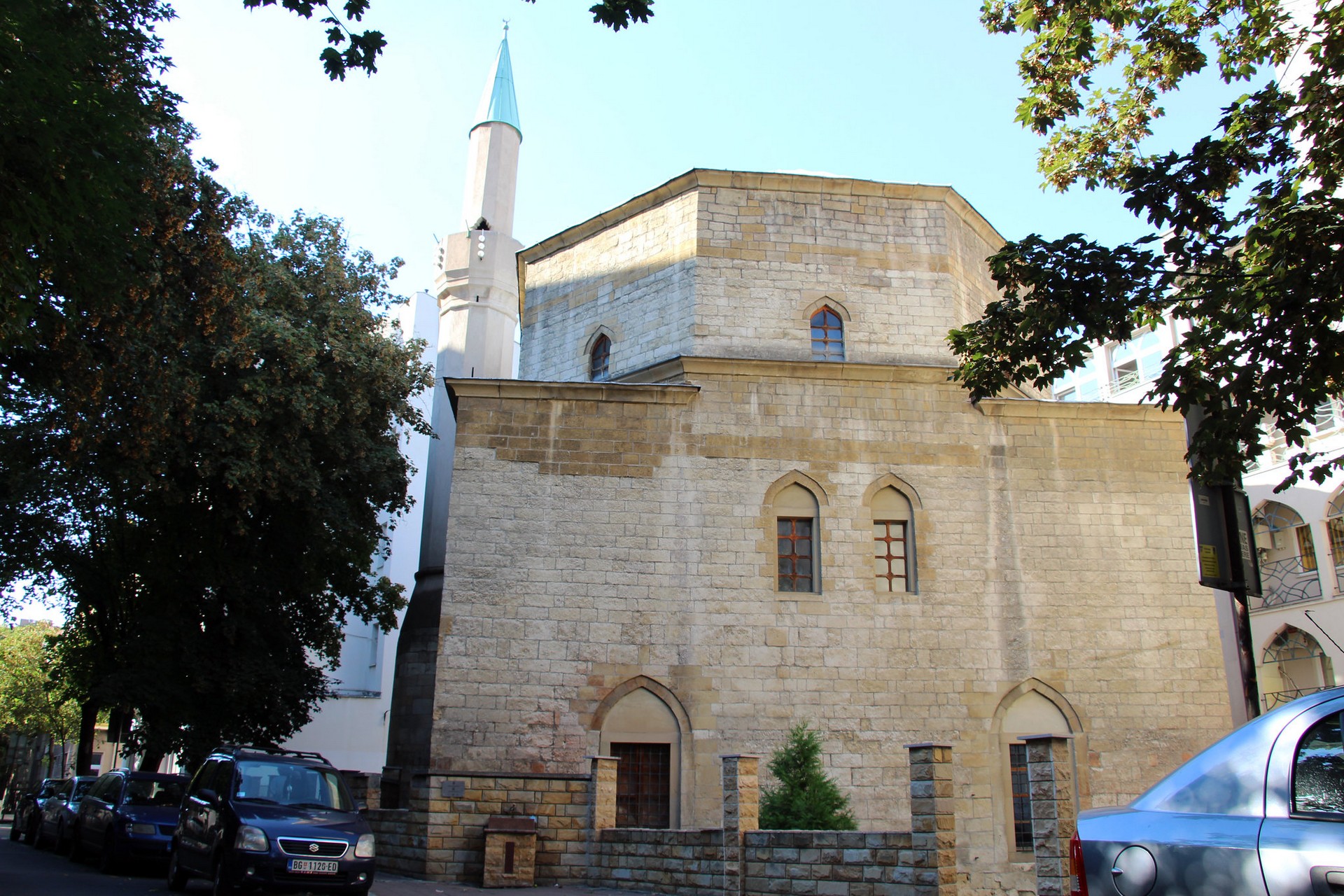 (cc)Fred Romero/CC BY 2.0
(cc)Fred Romero/CC BY 2.0
Bajrakli Mosque
The Bajrakli mosque was built around 1575, as one of 273 mosques that had existed in Belgrade during the time of the Ottoman rule of Serbia. It is located in 11 Gospodar Jevremova Street. Next to the mosque is a madrasa, a religious high school. At the end of the...
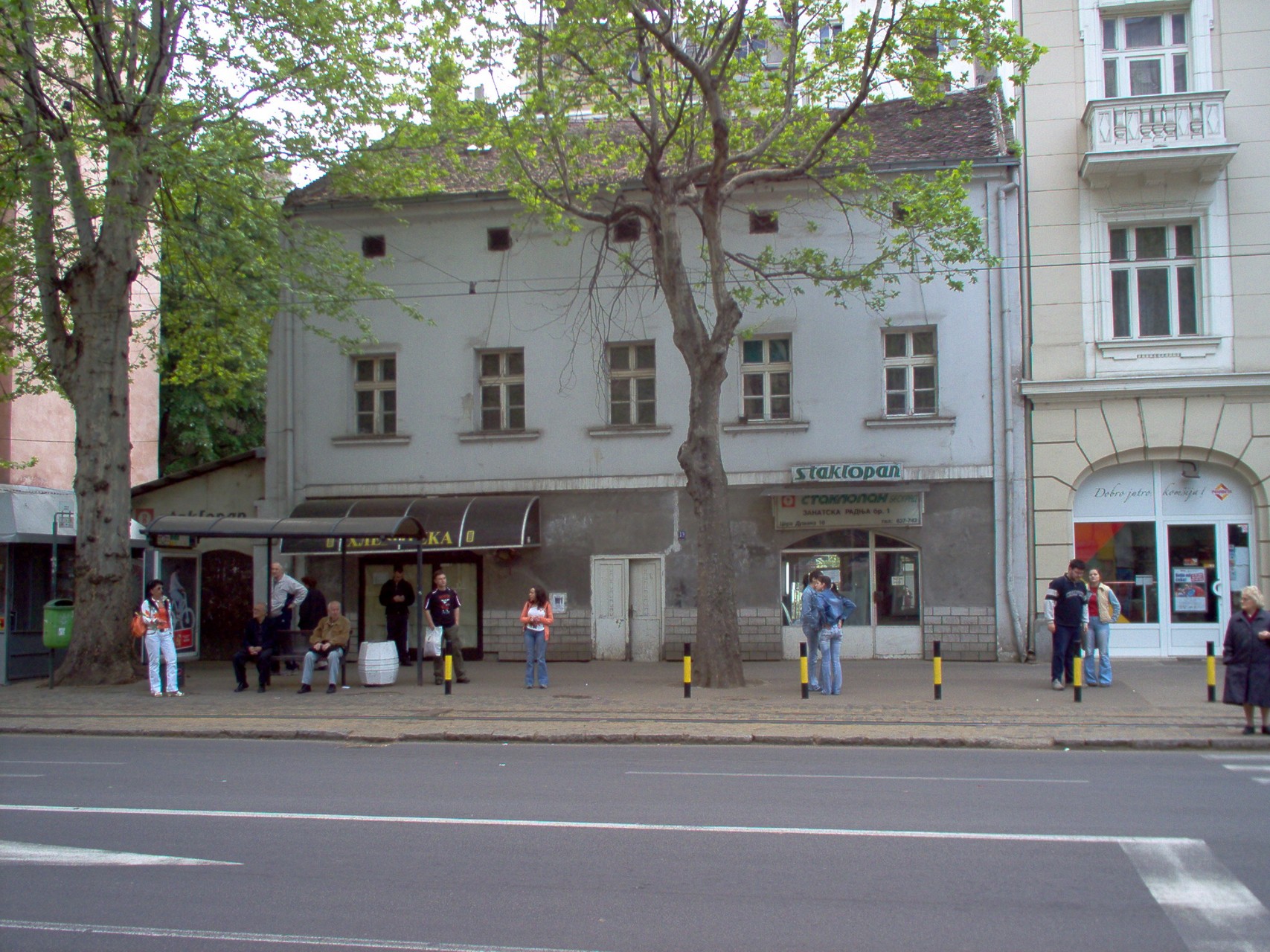 (c)_Goldfinger_Public Domain photo
(c)_Goldfinger_Public Domain photo
House at 10 Cara Dušana Street
The oldest surviving house in Belgrade is located in Dorćol, at 10 Cara Dušana Street. It is more than three centuries old. The construction began in 1724 and was finished in 1727. The architect of the house was Nicolas Doxat de Morez, a Swiss engineer and colonel of the Austrian...
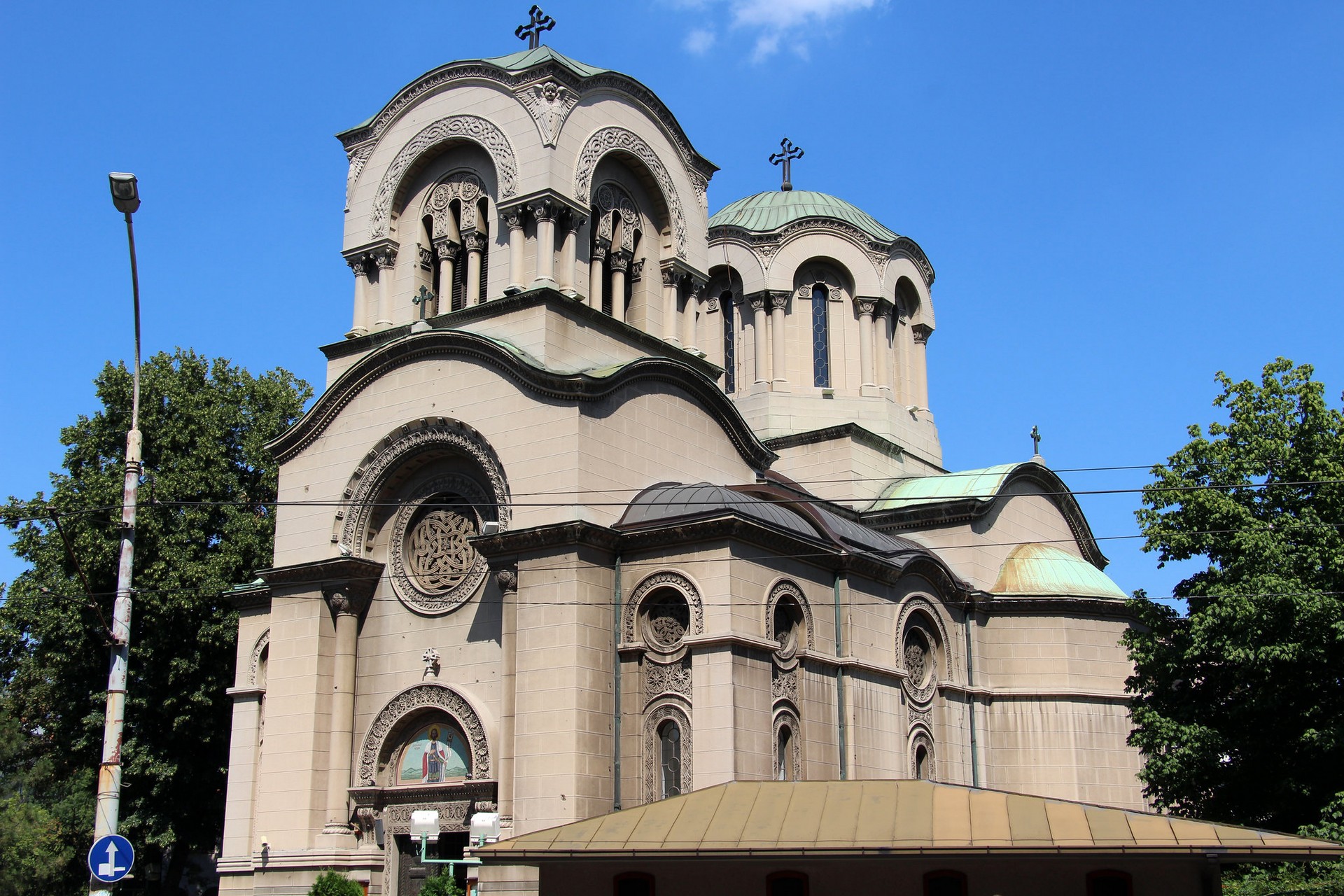 (cc) Fred Romero/CC BY 2.0
(cc) Fred Romero/CC BY 2.0
Church of St. Alexander Nevsky
Project for the Church of St. Alexander Nevski in Dorćol was made by Jelisaveta Načić, the first female architect in Serbia. The construction began in 1912, but in September of the same year it was stopped to the World War One. The Second Balkan War and the First World War...
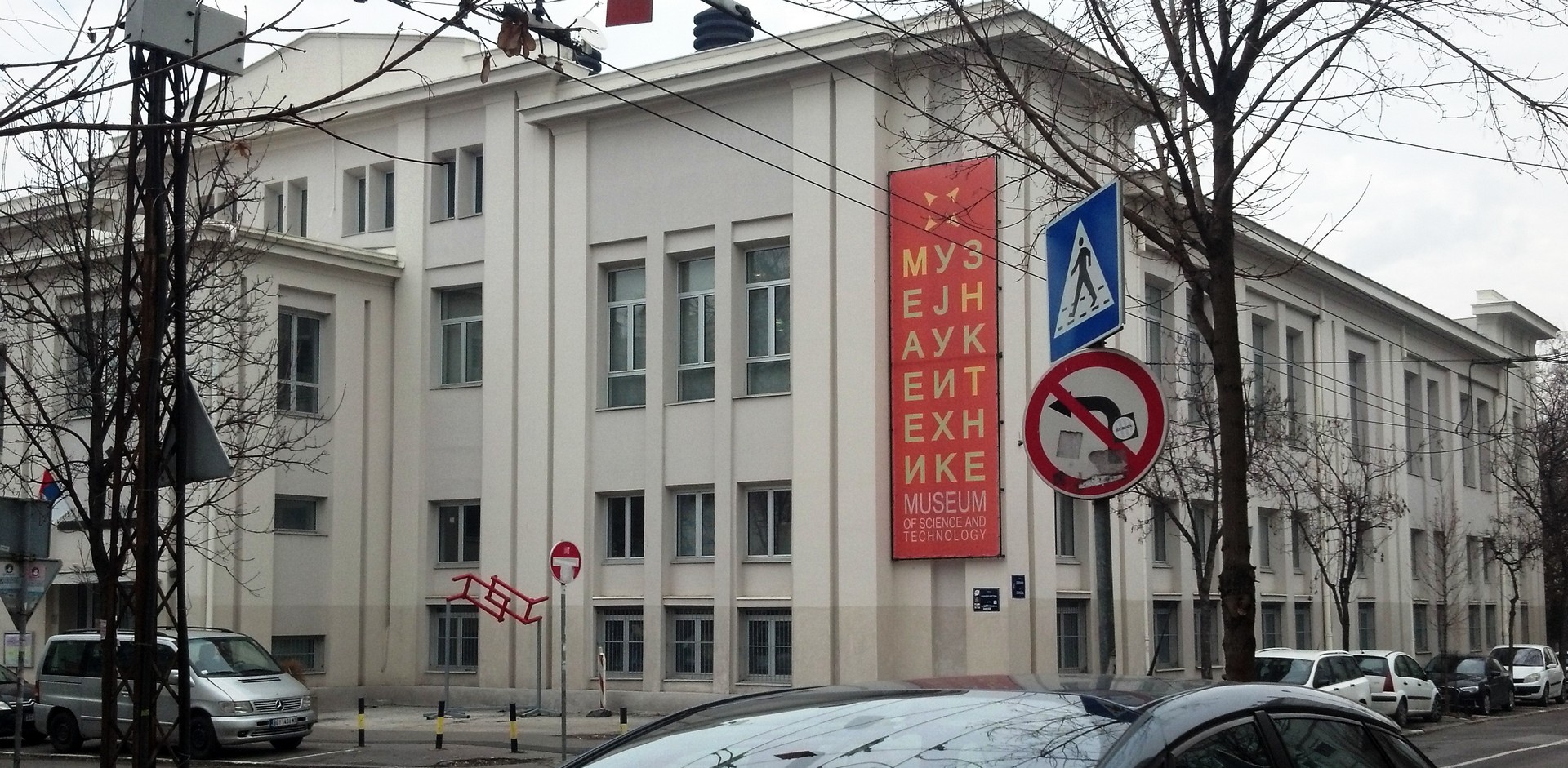 (cc)Nanabaka/CC BY-SA 4.0
(cc)Nanabaka/CC BY-SA 4.0
Museum of Science and Technology
The Museum is located in the building of the old electrical power plant in Dorćol, in 51 Skender-begova Street. It is a cultural institution of national importance. The primary activities of the museum are collection, research, protection and presentation of scientific and technical goods with the aim of raising awareness...
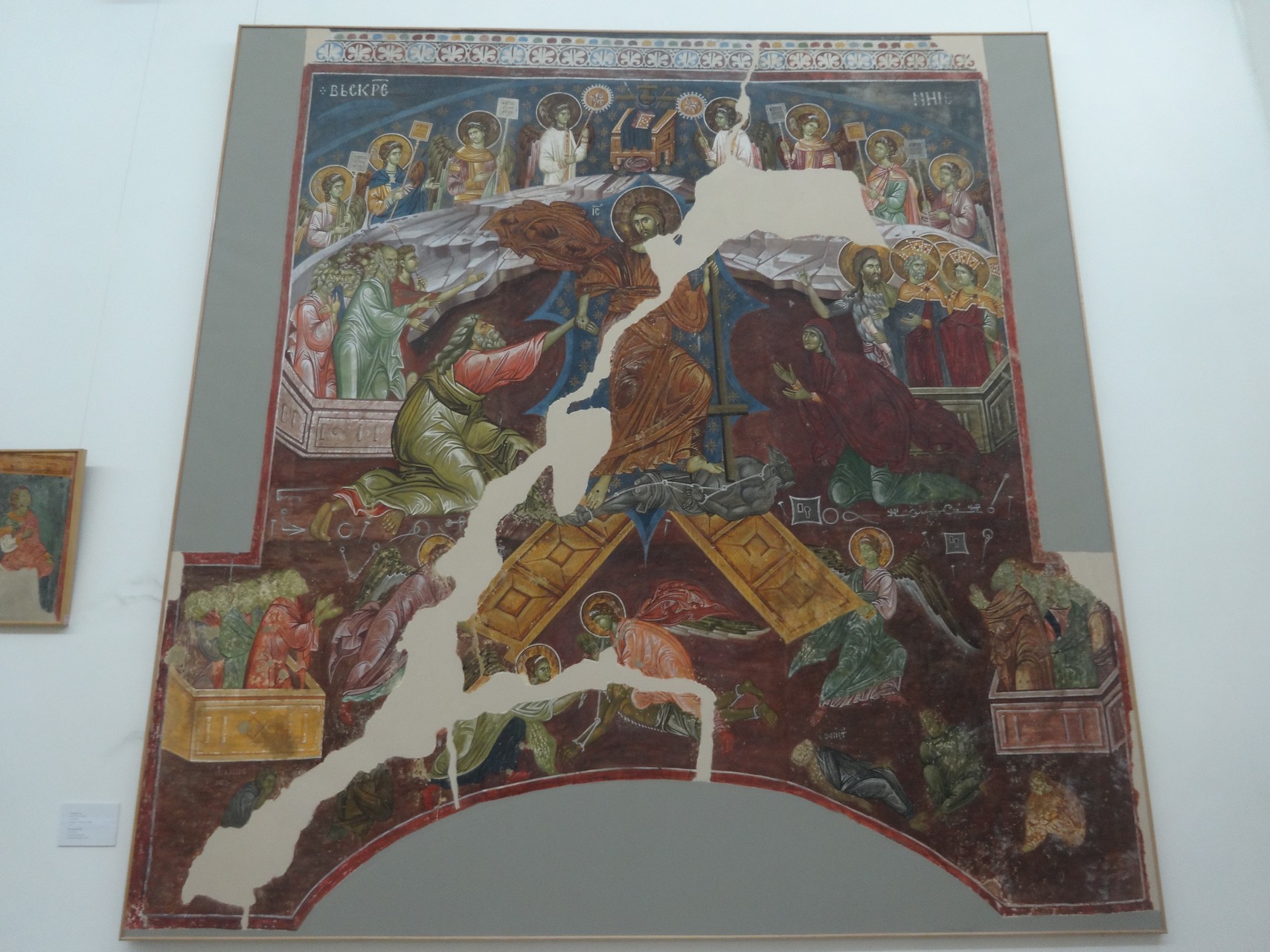 (cc)Mickey Mystique/CC BY-SA 4.0
(cc)Mickey Mystique/CC BY-SA 4.0
Gallery of Frescoes
The Gallery of Frescoes of the National Museum is located in Cara Uroša Street. The Gallery keeps copies of frescoes and castings of sculptures that testify to the unique and significant art of wall painting, icon painting, miniature painting and architecture created on the territory of medieval Serbia and the...
 (cc) Djordje Stakić/CC BY-SA 3.0
(cc) Djordje Stakić/CC BY-SA 3.0
Museum of Vuk and Dositej
The Museum of Vuk and Dositej in Gospodar Jevremova Street is a memorial museum, dedicated to two greats of Serbian culture – the educator and the first Serbian Minister of Education Dositej Obradović and the reformer of the Serbian language, Vuk Karadžić. The Museum is located in a house that...
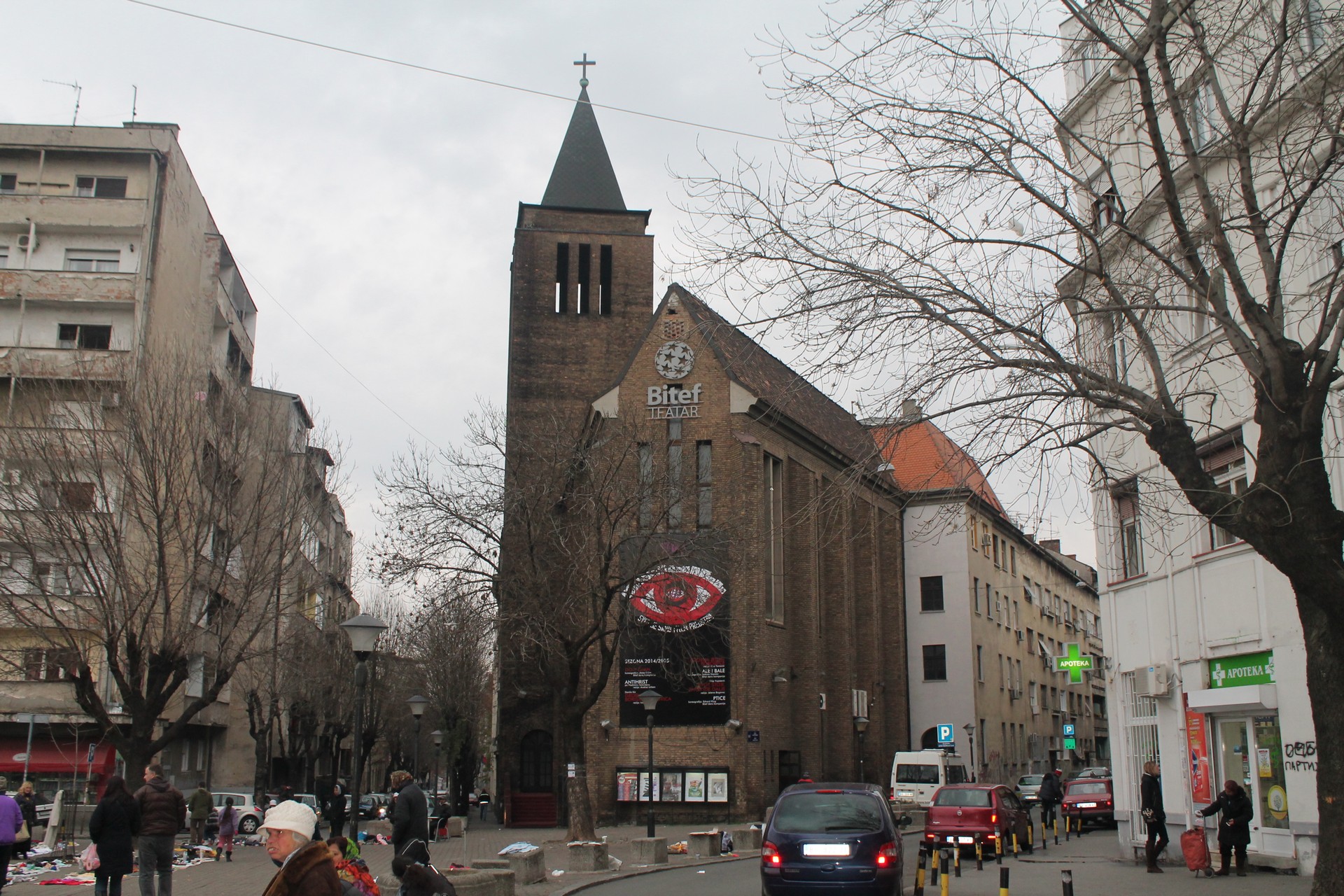 (cc)Impi/CC BY-SA 3.0
(cc)Impi/CC BY-SA 3.0
The Bitef Theatre building
Bitef Theater is located at the Mira Trailović Square in Dorćol, right next to the Bajloni green market. The theatre is housed in a reconstructed Evangelist church. The construction of the church commenced in 1940 and was initiated by the German Evangelist Christian church. The design architect was Otto Bartning....
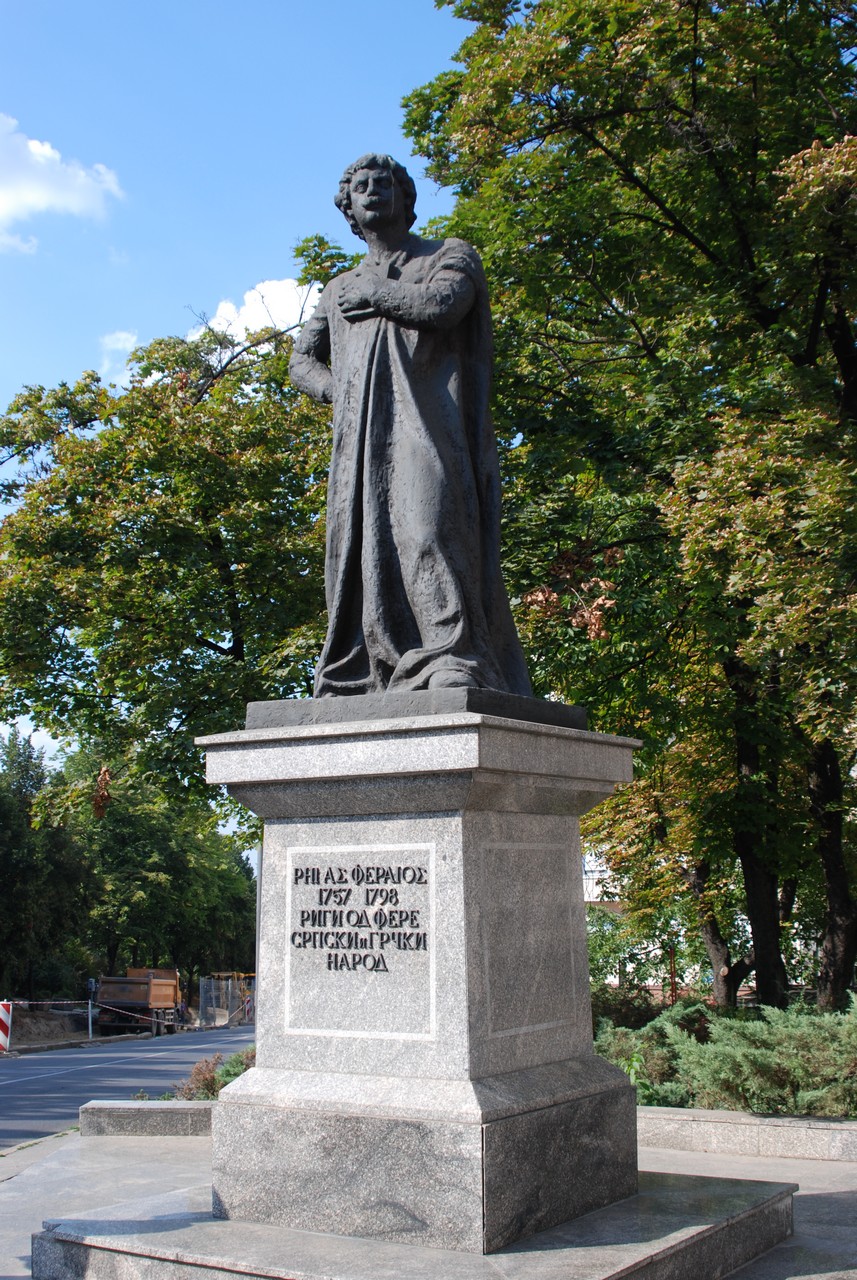 (cc)George Groutas/CC BY 2.0
(cc)George Groutas/CC BY 2.0
Monument to Rigas Feraios
Rigas Feraios (1757-1798) was a Greek revolutionary, poet, national hero and the first victim of the uprising against the Ottoman Empire. He was strangled at the Nebojša tower on Kalemegdan. The monument dedicated to this hero is located on the corner of Riga od Fere and Tadeuša Košćuška streets. It...
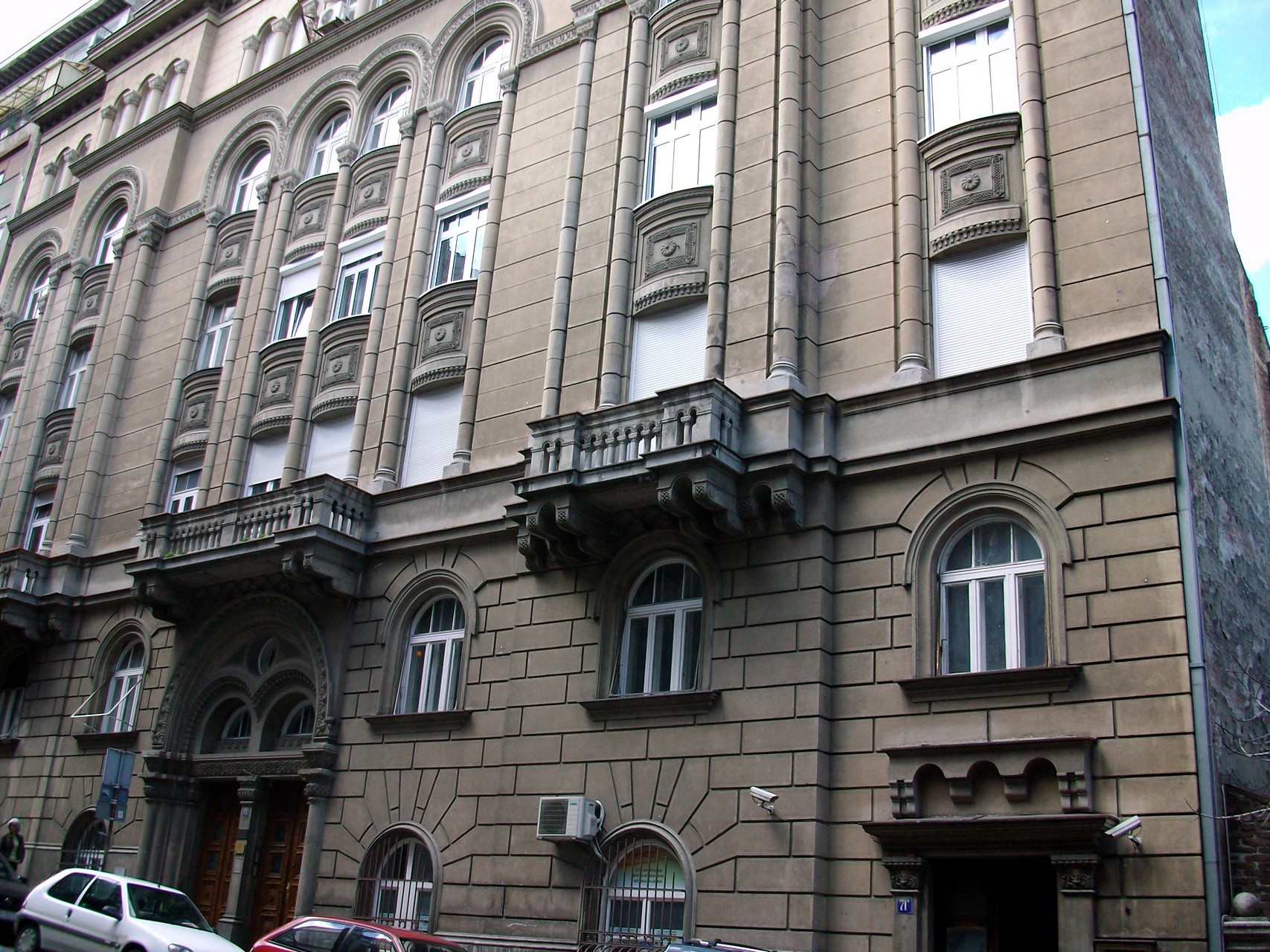 (cc) PedjaNbg/CC BY-SA 3.0
(cc) PedjaNbg/CC BY-SA 3.0
Jewish Historical Museum
The Jewish Historical Museum is located at 71a Kralja Petra Street. It was founded in 1948. he Museum operates under the patronage of the Federation of Jewish Communities of Serbia. It is the only museum institution of this type in the country. The permanent exhibition of the Museum includes documents,...
 (cc) Djordje Stakić/CC BY-SA 3.0
(cc) Djordje Stakić/CC BY-SA 3.0
Museum of Pedagogy
The Museum is located at 14 Uzun Mirkova Street. It was founded in 1896 and is one of the oldest museum institutions in Serbia. It was founded by the Teachers’ Association of Serbia with the task of collecting and keeping “the teaching aids and everything else that is related to...
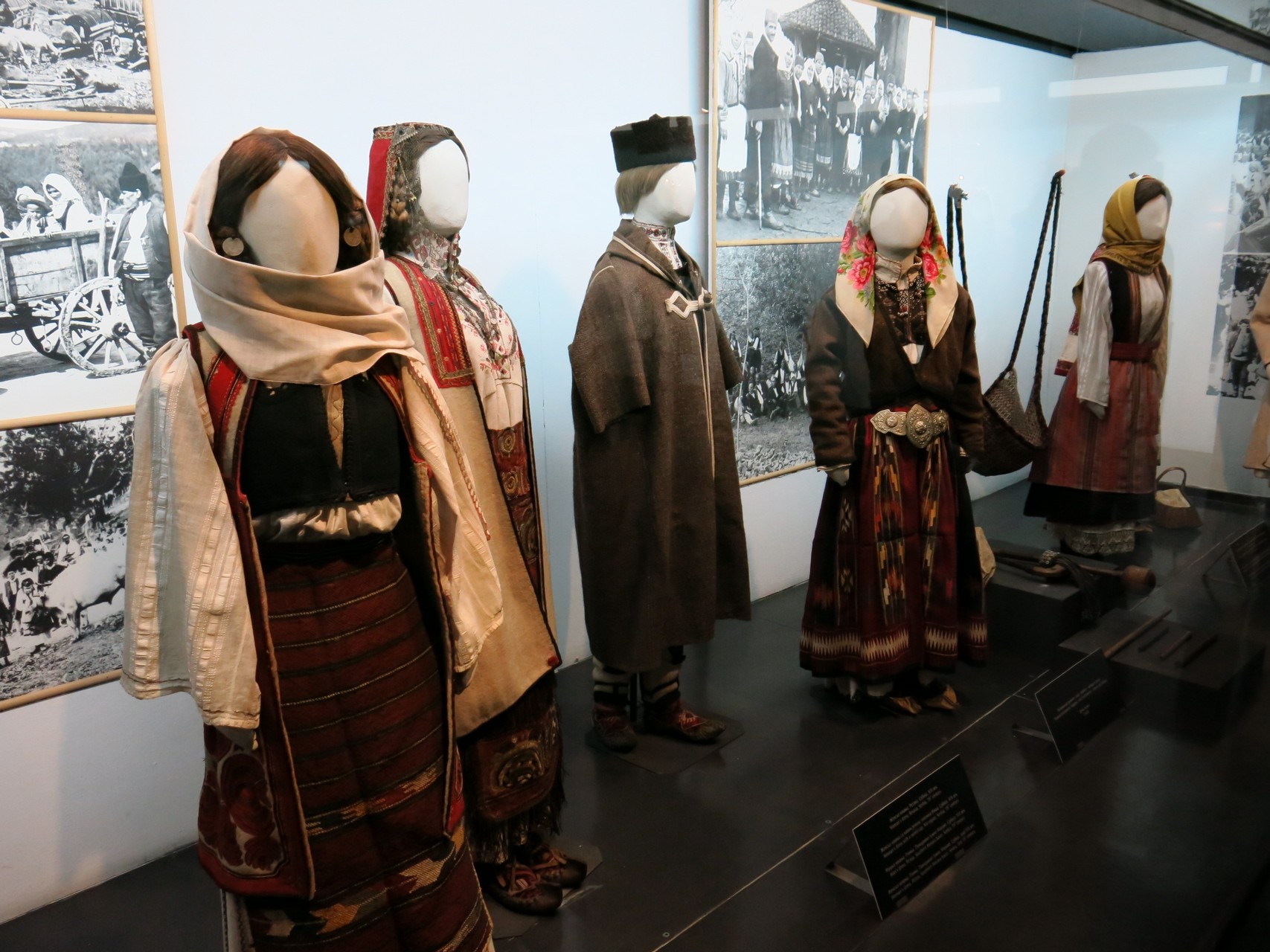 (cc)Dungodung/CC BY-SA 4.0
(cc)Dungodung/CC BY-SA 4.0
Ethnographic Museum
The Ethnographic Museum, located in the very center of the city, was founded in 1901 when the Ethnographic Department was separated from the National Museum of Serbia. It is one of the oldest museums in Serbia. The first permanent exhibition of the Museum was organized in 1904, presenting the collected...
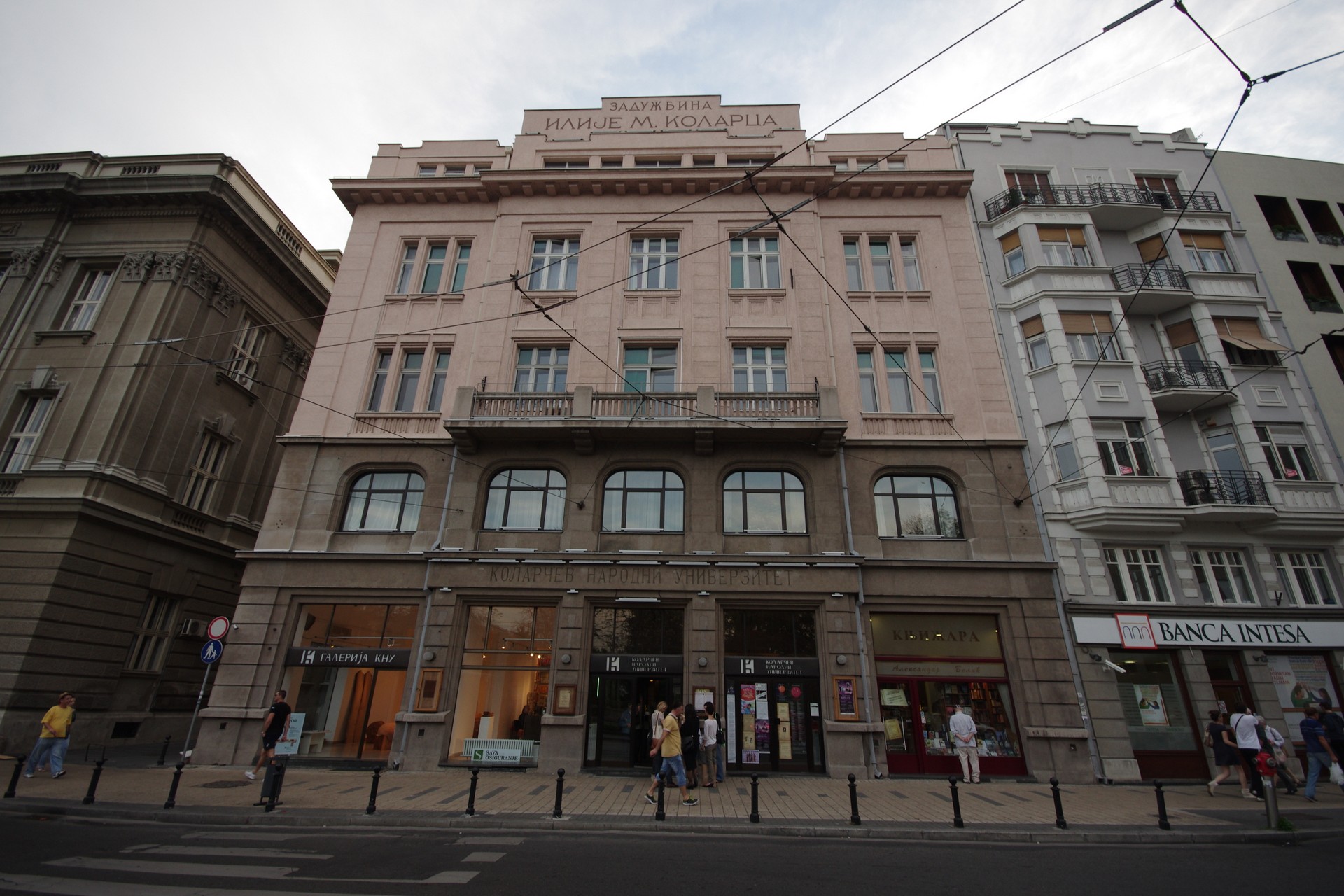 (cc)Sinobador/CC BY-SA 3.0
(cc)Sinobador/CC BY-SA 3.0
Ilija M. Kolarac Endowment
The endowment of Ilija M. Kolarac, also known as the Kolarac People’s University building, is located on 5 Studenski Square. The building is a monument of a great cultural and historical significance. The building of Kolarac People’s University was erected at a time of the raising awareness about Belgrade as...
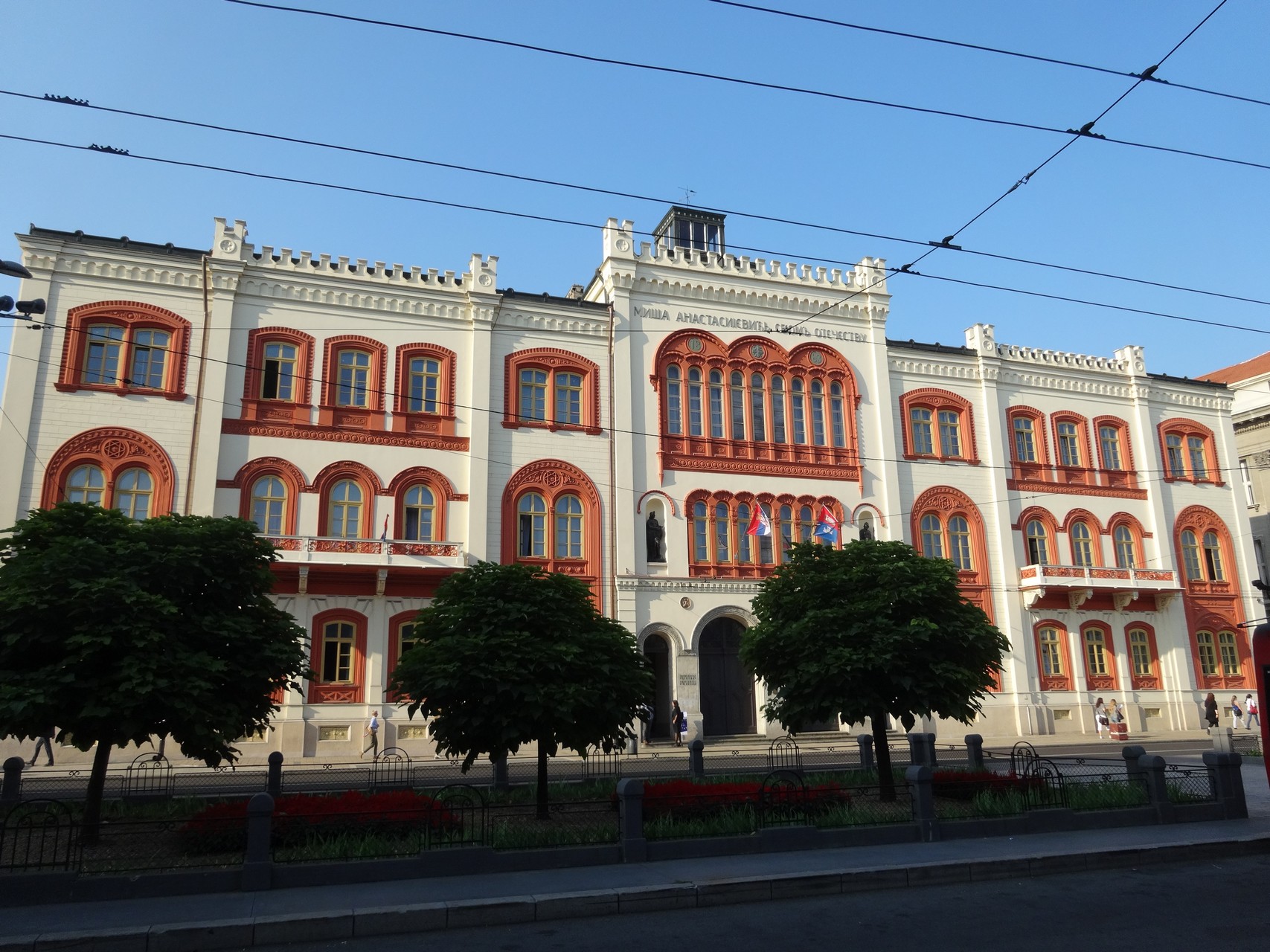 (cc)Mickey Mystique /CC BY-SA 4.0
(cc)Mickey Mystique /CC BY-SA 4.0
Captain Miša’s Mansion
Captain Miša’s Mansion is one of the most notable 19th century buildings in Belgrade. Today, it houses the Rectorate of the University of Belgrade and part of the Faculty of Philosophy. Building on 1 Studentski Square was erected in the period between 1857 and 1863, according to the plans of...